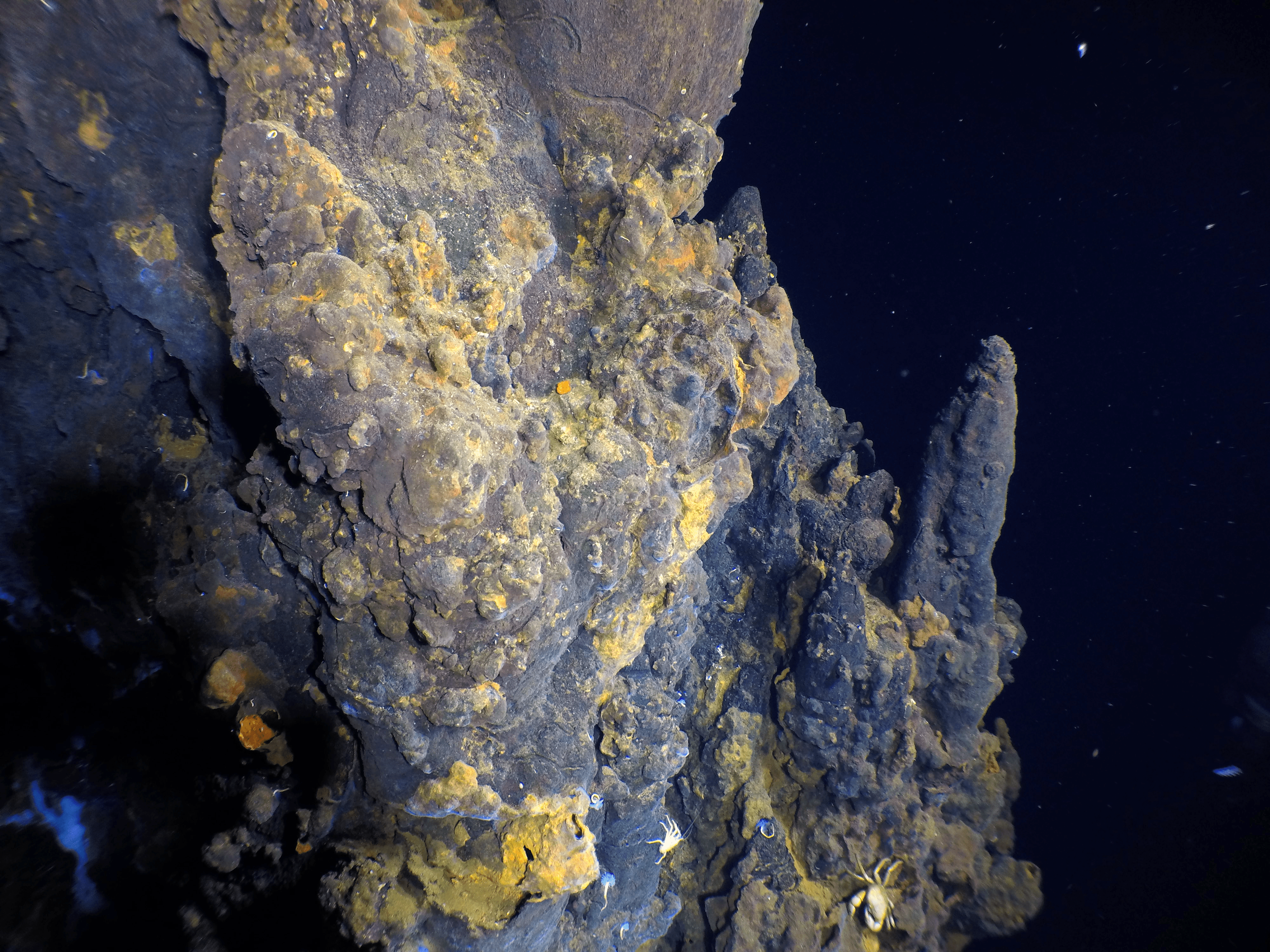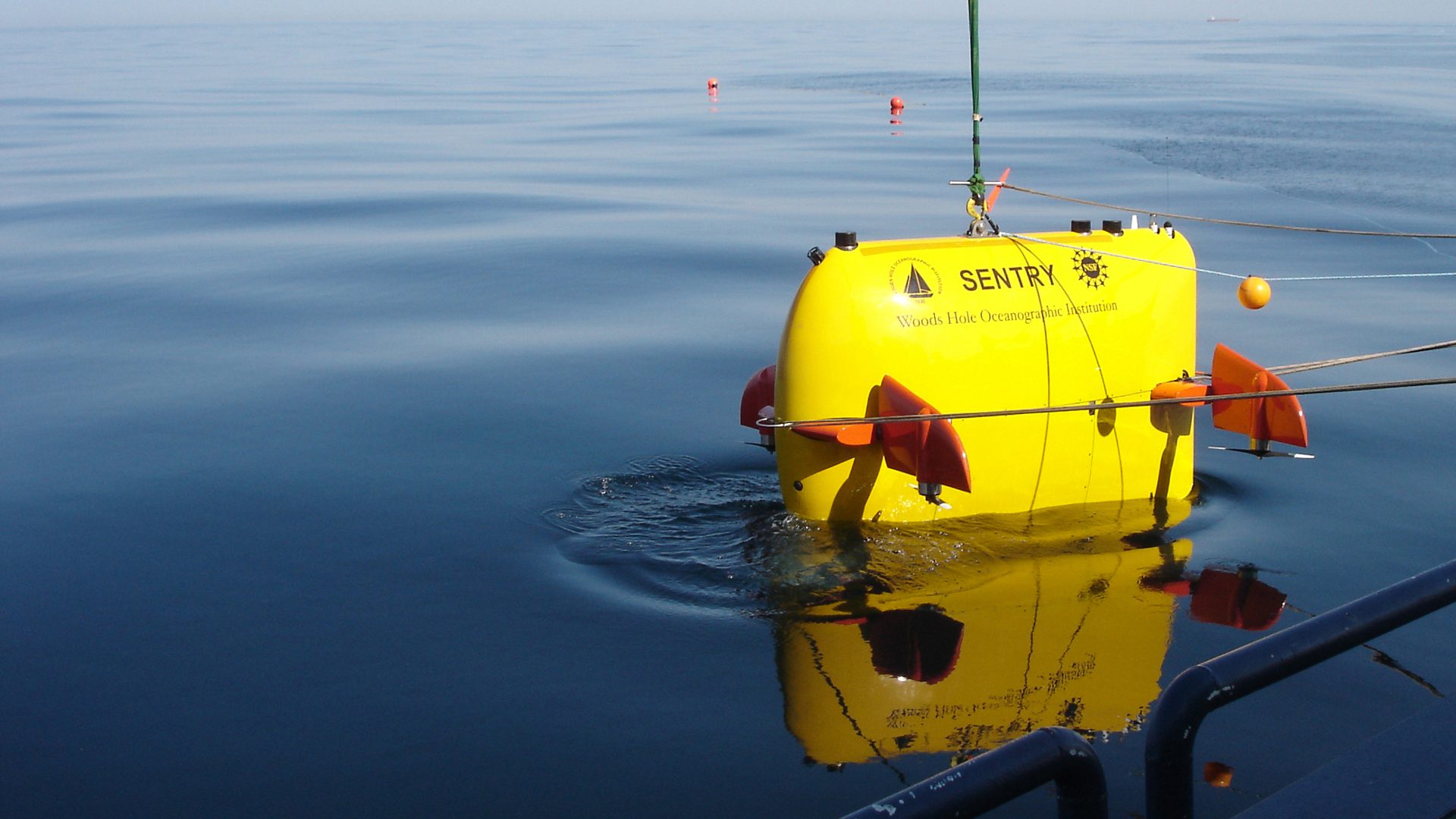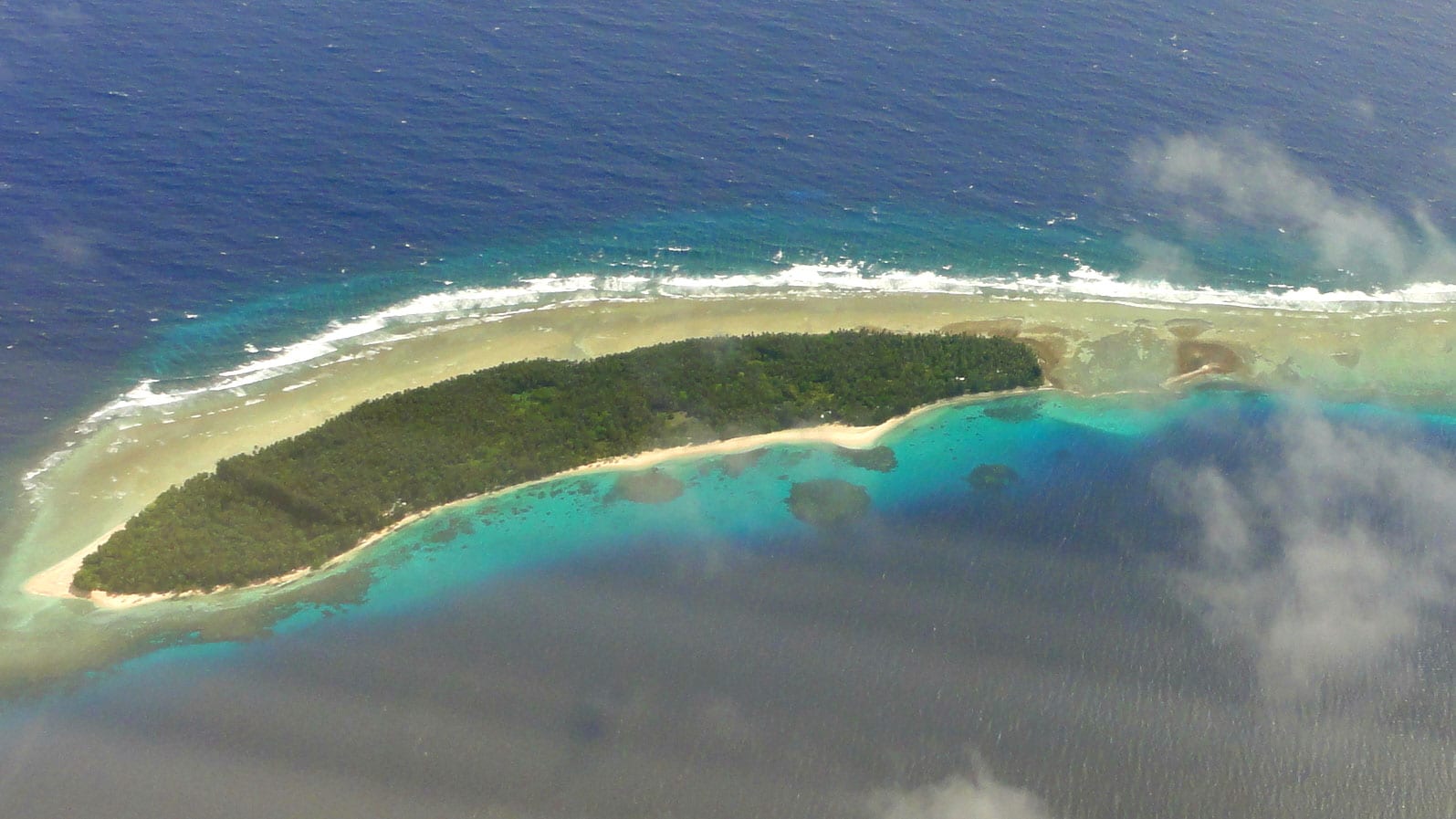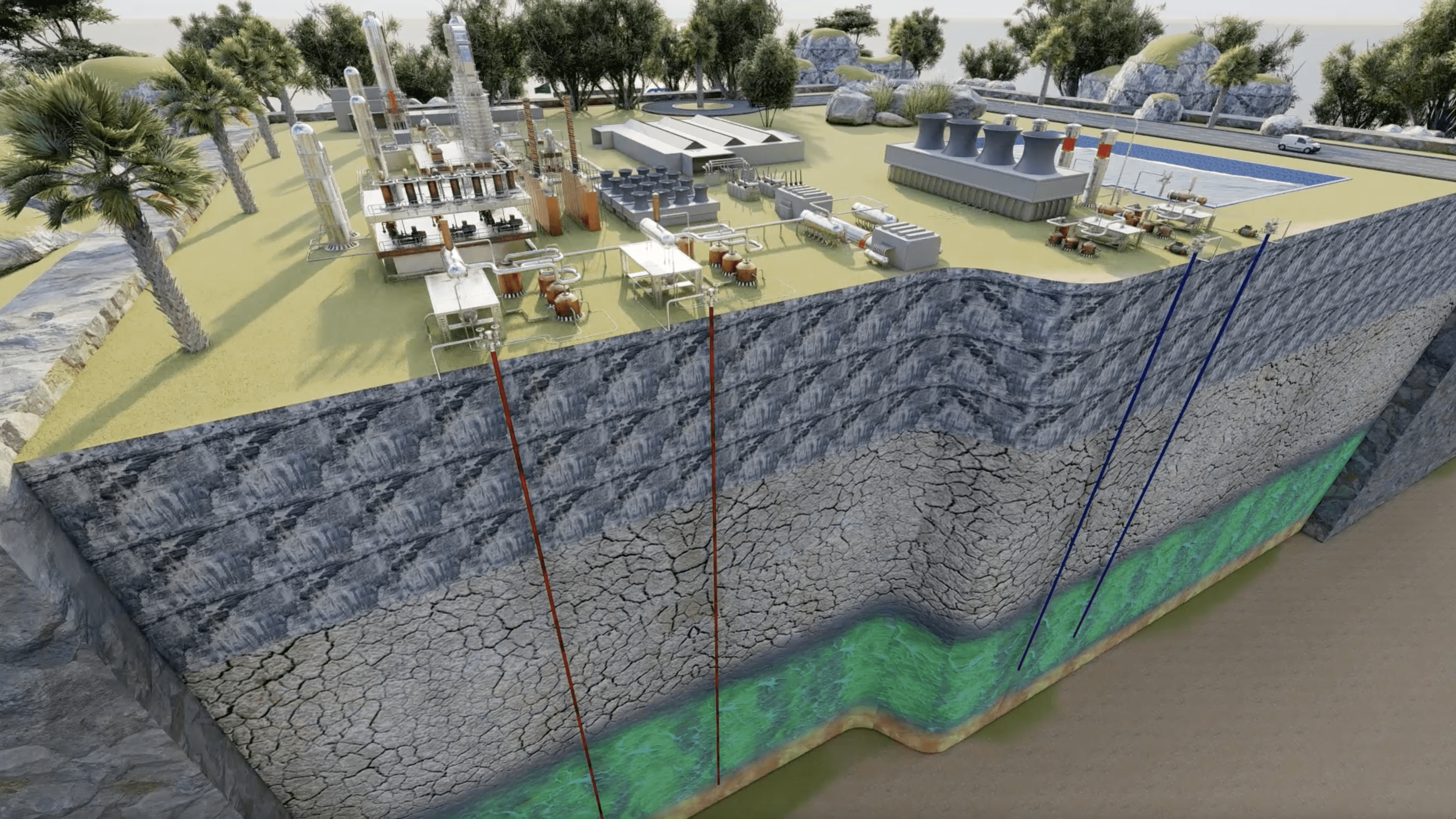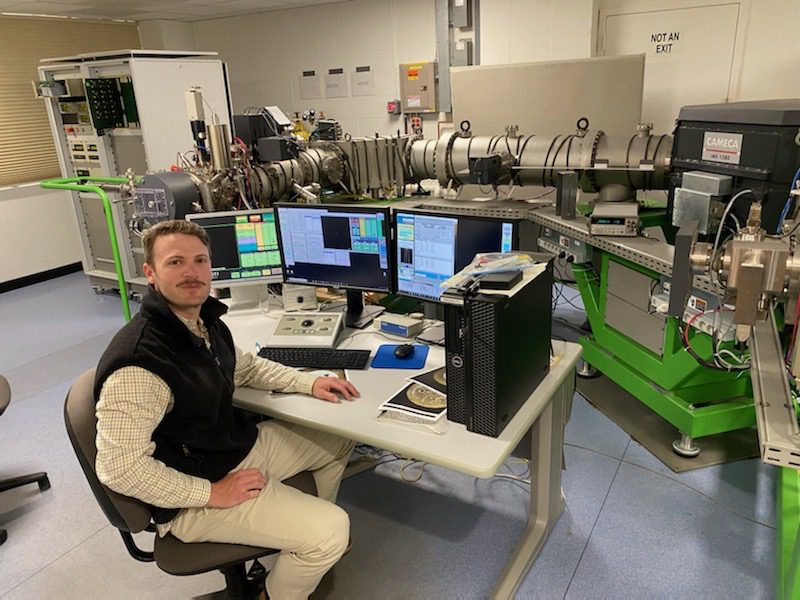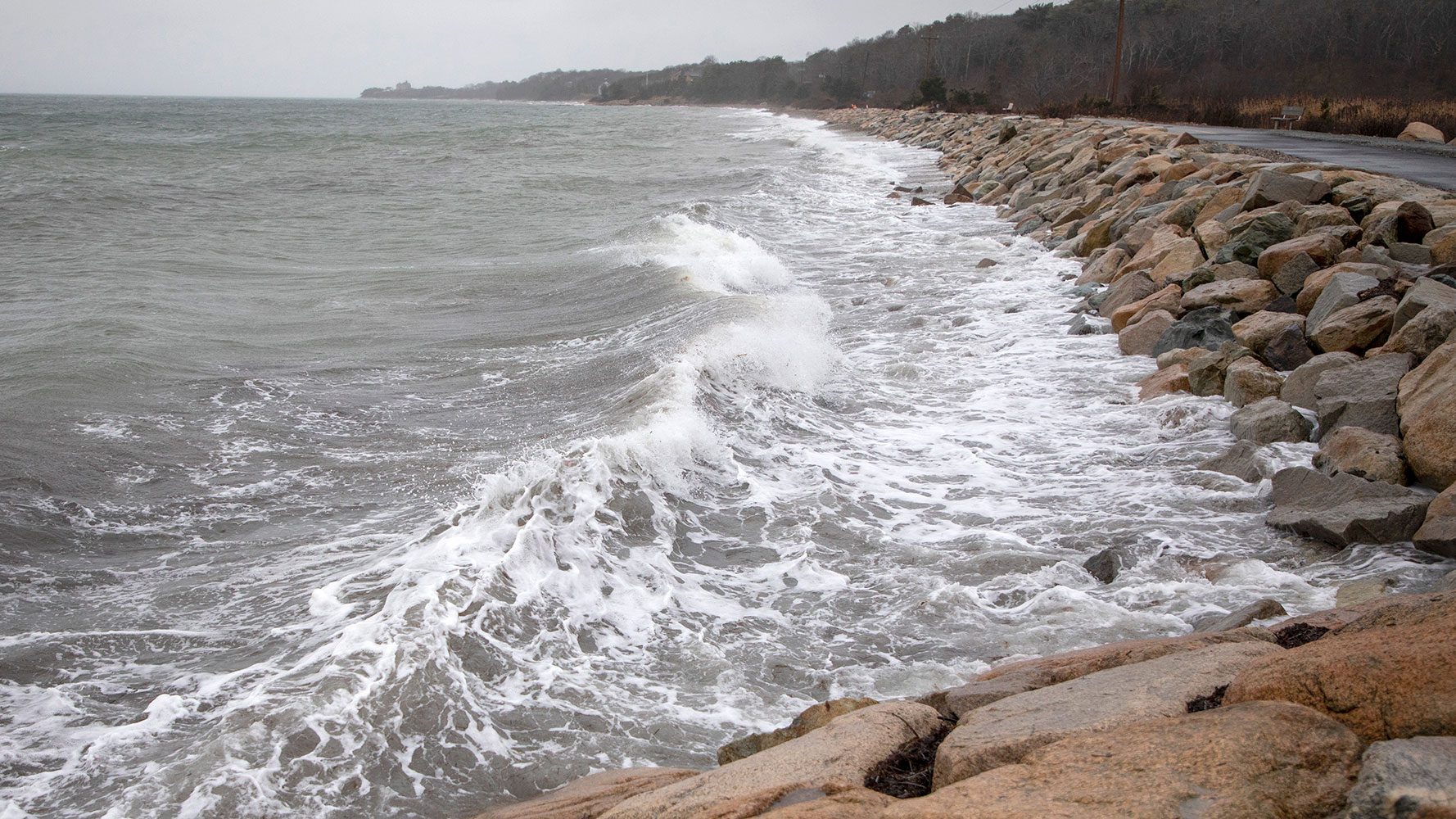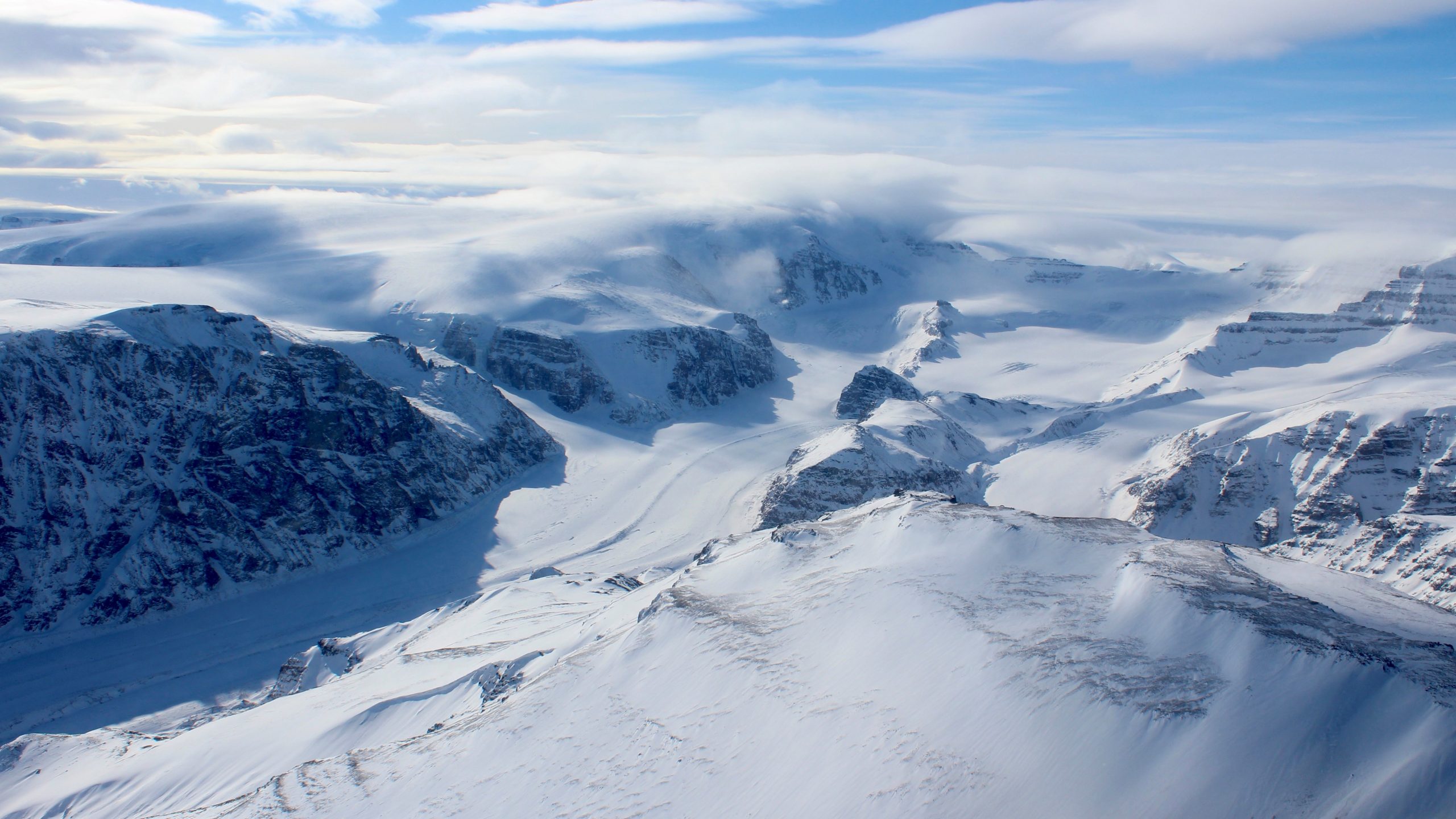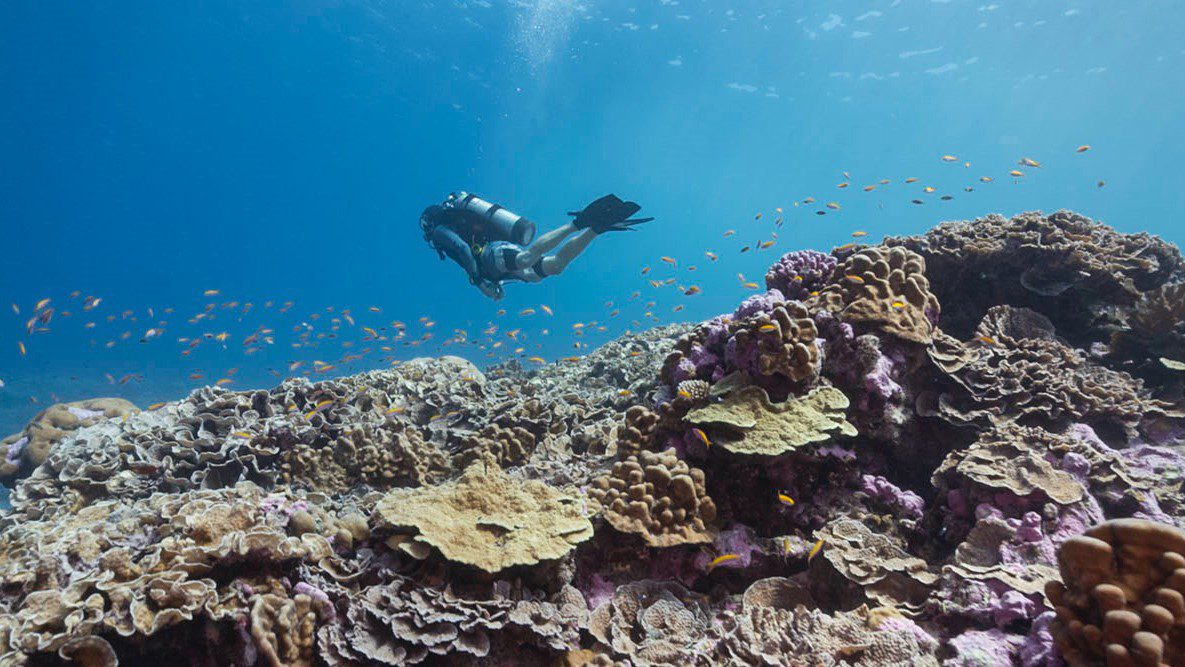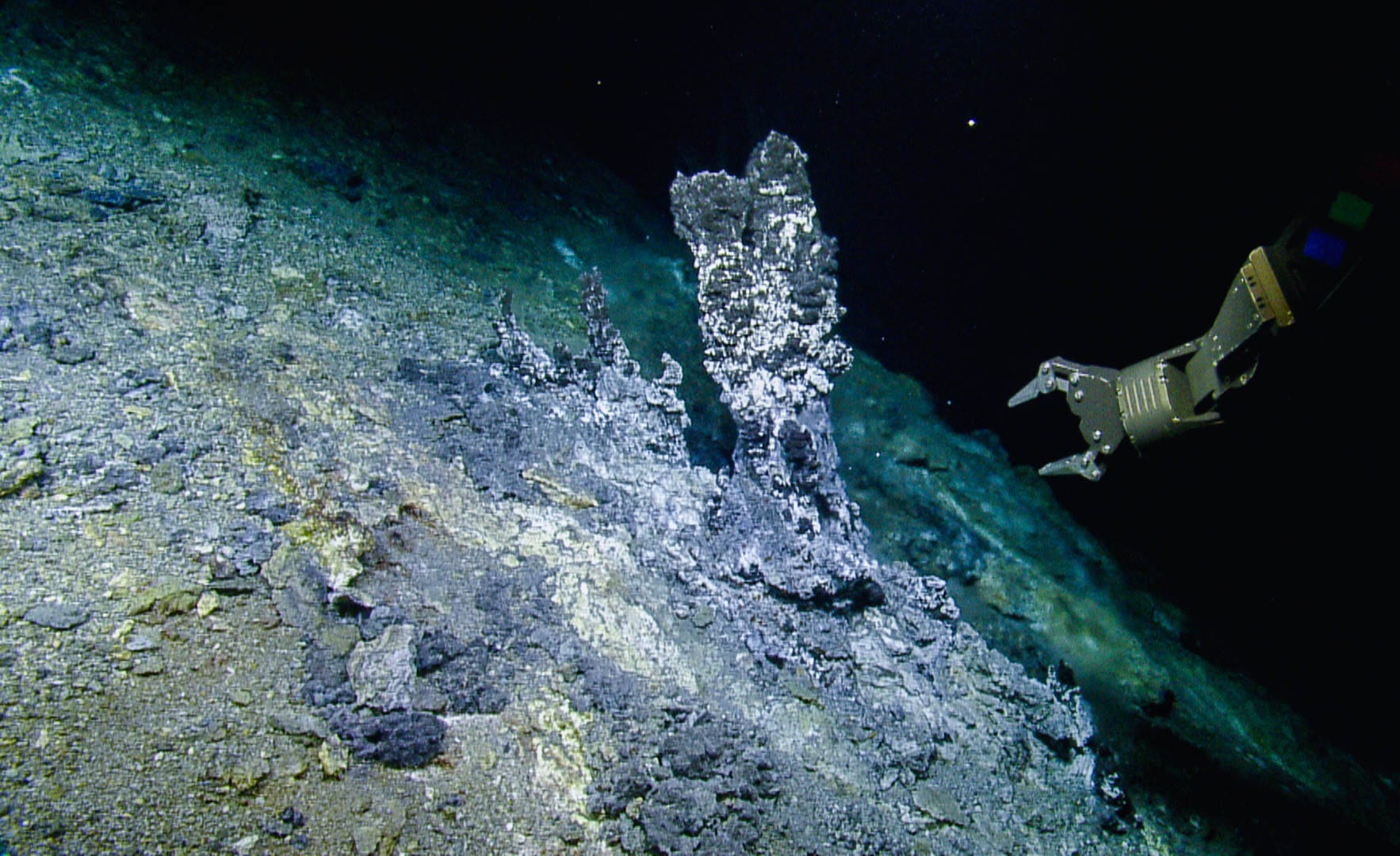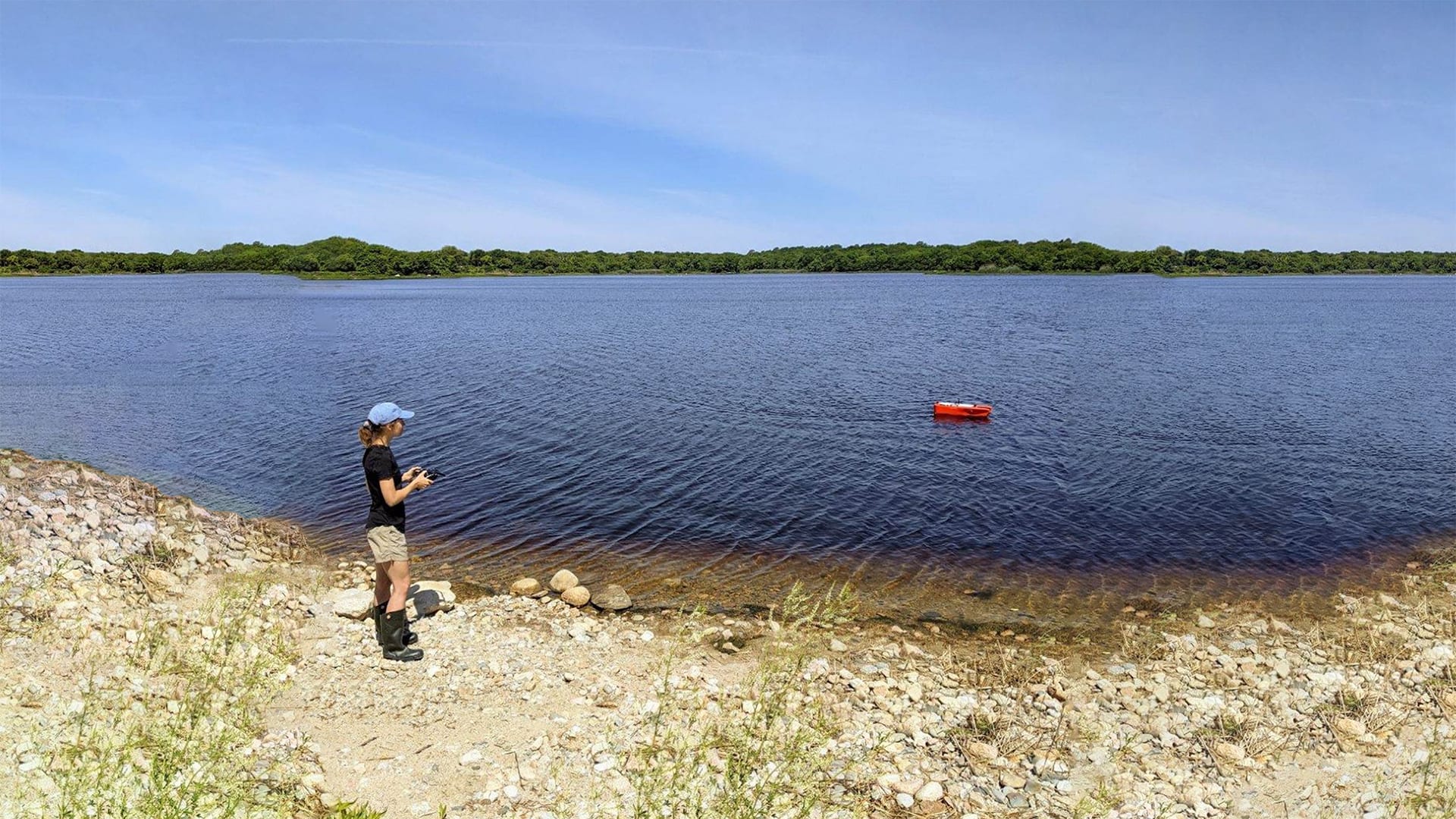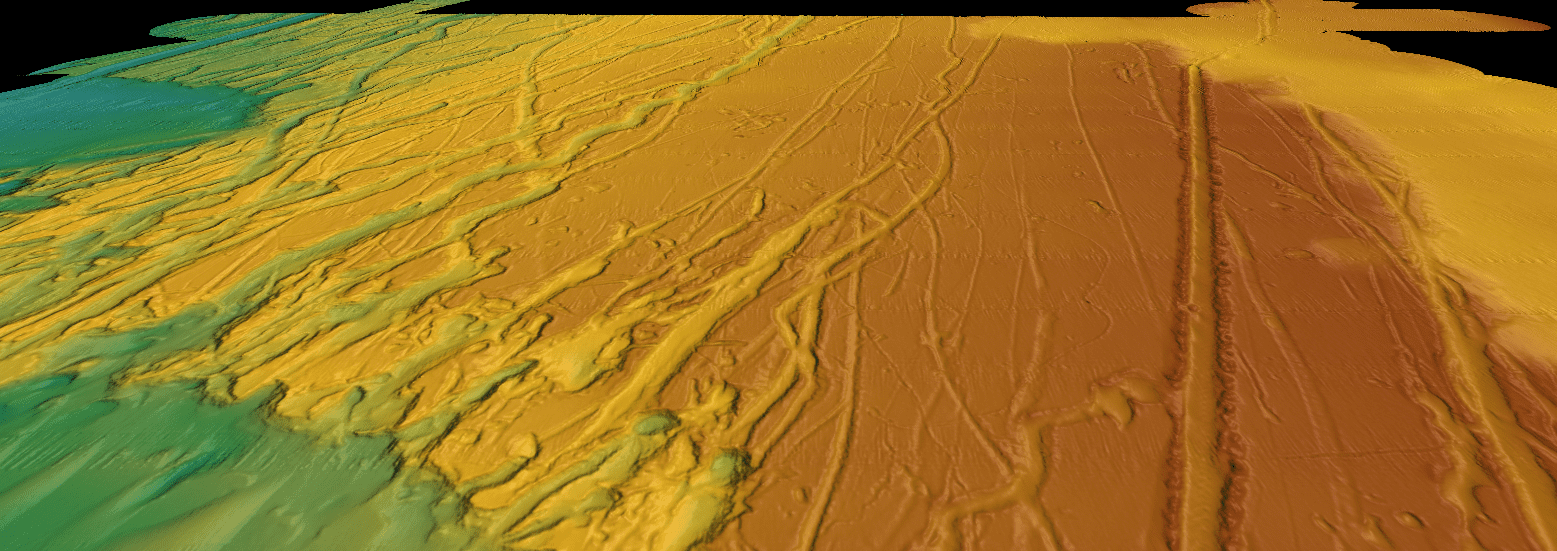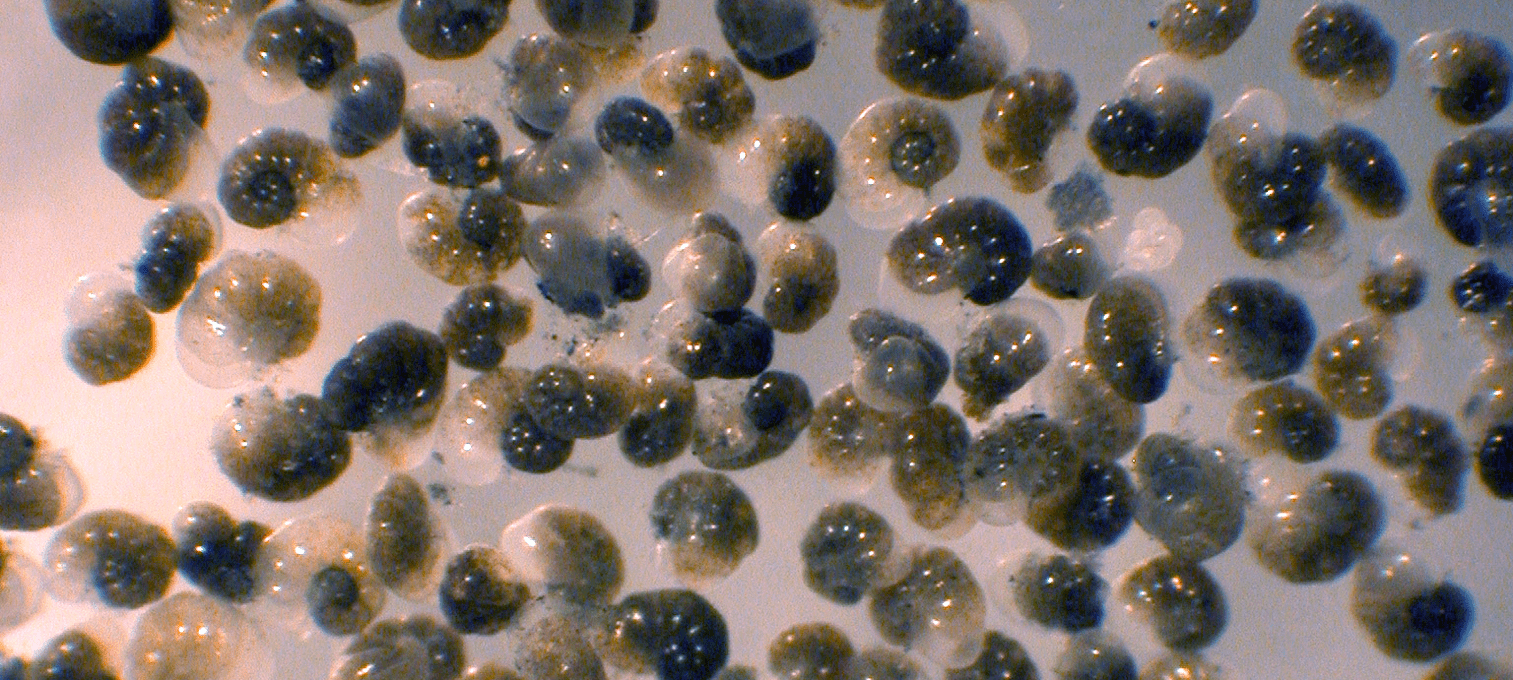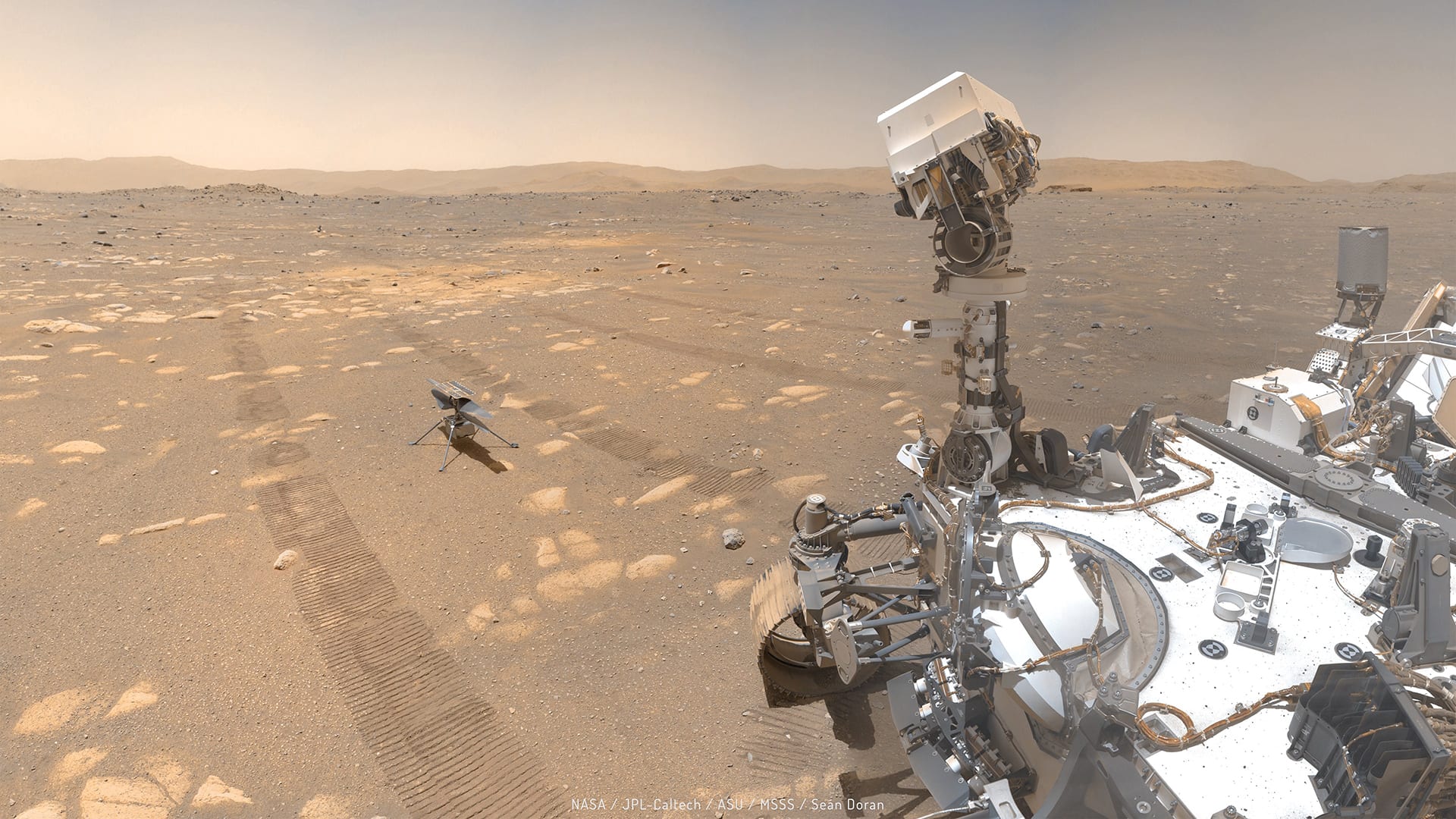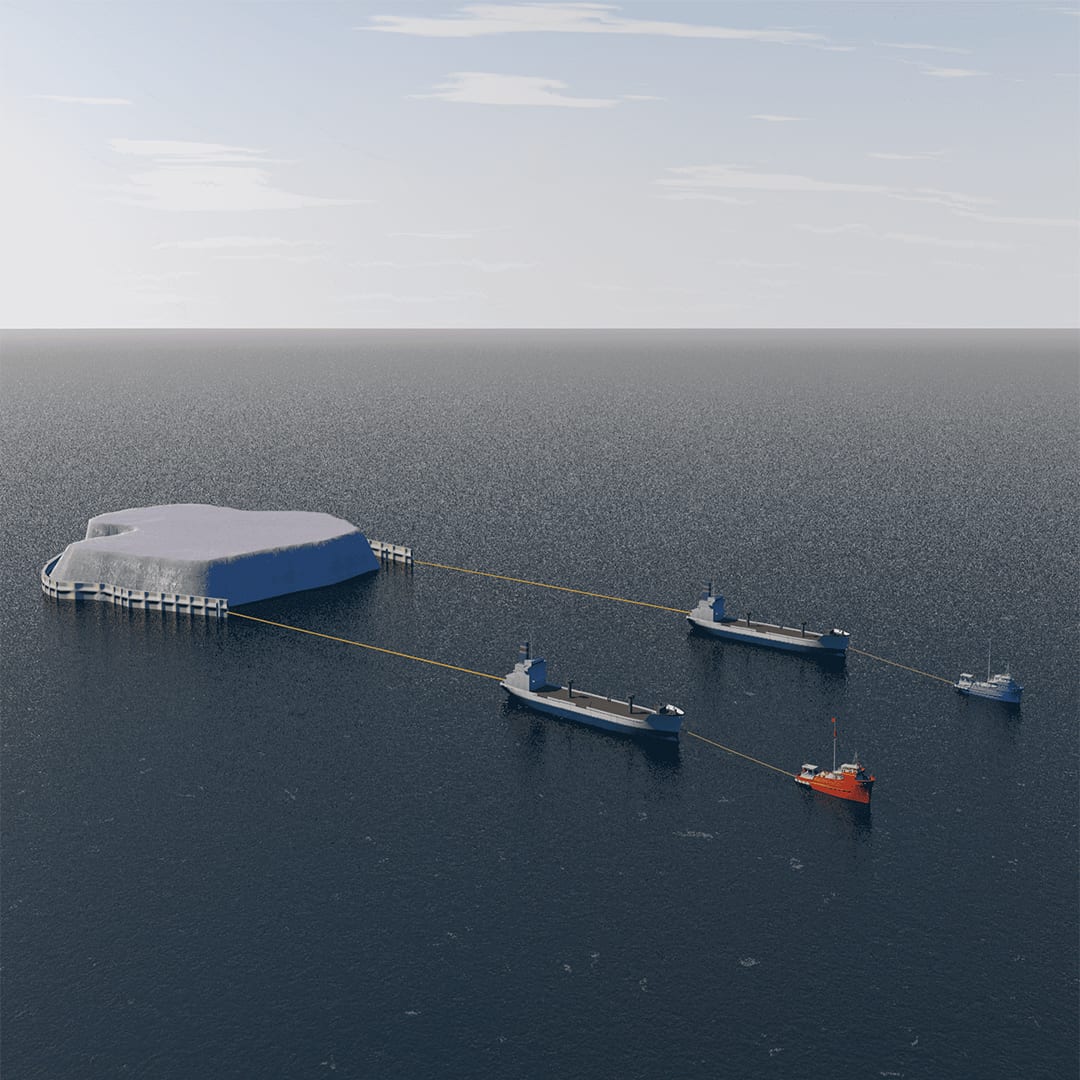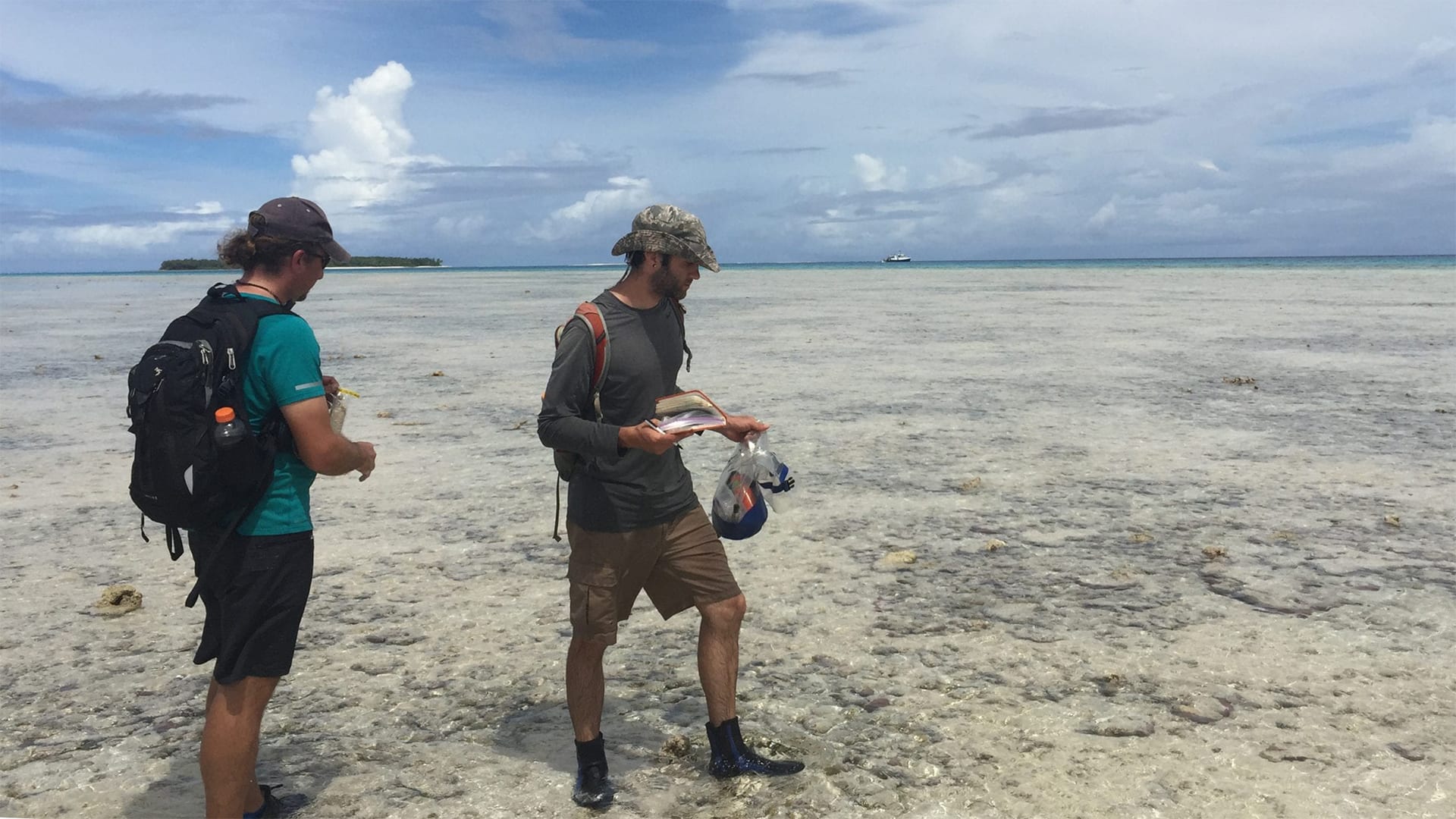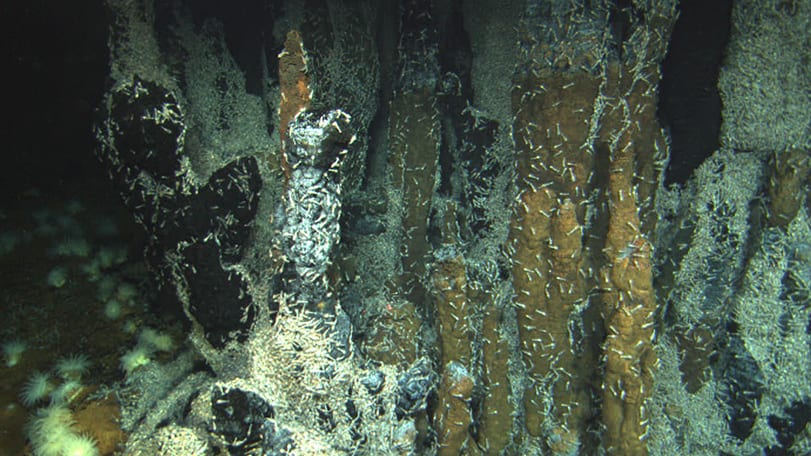Geology & Geophysics
Hydrothermal field discovered at the East Pacific Rise 9°54’N
A new high-temperature, off-axis hydrothermal vent field on Pacific seafloor at 2550 meters depth was discovered in 2021 by a team that included researchers from Lehigh University; Scripps Institution of Oceanography (SIO); the University of Bergen Norway; and Woods Hole Oceanographic Institution (WHOI).
Read MoreHow to study an underwater earthquake from shore
Scientist Chris German on a successful AUV Sentry mission when the science team could not travel to sea
Read MoreNovel tool sheds light on coral reef erosion
Coral reefs are among the last lines of defense against coastal flooding.
Read MoreGeoscience technology company founded by MIT/WHOI Joint Program student awarded $3.8M from U.S. Department of Energy
Eden, a geoscience technology development company co-founded by Massachusetts Institute of Technology/Woods Hole Oceanographic Institution Joint Program student Paris Smalls, will receive $3.8 million in federal funding from the U.S. Department of Energy Advanced Research Projects Agency-Energy (ARPA-E).
Read MoreArc volcanoes are wetter than previously thought, with scientific and economic implications
This increased amount of water has broad implications for understanding how Earth’s lower crust forms, how magma erupts through the crust, and how economically important mineral ore deposits form, according to a new paper led by authors from the Woods Hole Oceanographic Institution (WHOI).
Read MoreWhat makes the ocean salty?
The water flowing into the ocean comes from freshwater streams and rivers. These bodies of water do contain salt. It dissolves from rocks on land. That’s because rain is slightly acidic.
Read MoreA recent reversal in the response of western Greenland’s ice caps to climate change
New collaborative research from the WHOI and five partner institutions published today in Nature Geoscience, reveals that during past periods glaciers and ice caps in coastal west Greenland experienced climate conditions much different than the interior of Greenland. Over the past 2,000 years, these ice caps endured periods of warming during which they grew larger rather than shrinking.
Read MoreSurviving extreme heat
A team led by Anne Cohen, a scientist at Woods Hole Oceanographic Institution, received $1.75M in funding from the National Science Foundation (NSF) to study how coral reefs survive extreme heat events caused by climate change. The multidisciplinary project taps into expertise across four WHOI departments to uncover the oceanographic and biological processes that enable corals to survive marine heatwaves.
Read MoreWhat Happens to Marine Life When There Isn’t Enough Oxygen?
In September of 2017, Woods Hole Oceanographic Institution postdoctoral scholar Maggie Johnson was conducting an experiment with a colleague in Bocas del Toro off the Caribbean coast of Panama. After…
Read MoreStudy Examines the Role of Deep-Sea Microbial Predators at Hydrothermal Vents
Researchers Emphasize the Need for Baseline Information of Microbial Food Webs The hydrothermal vent fluids from the Gorda Ridge spreading center in the northeast Pacific Ocean create a biological hub…
Read MoreHow historic hurricanes can help predict storm intensity
Research into past hurricanes could help predict the strength of future storms, and inform infrastructure planning and emergency management decisions in southern New England
Read MoreIcebergs drifting from Canada to Southern Florida
A newly developed iceberg computer model helped the researchers understand the timing and circulation of meltwater and icebergs through the global oceans during glacial periods, which is crucial for deciphering how past changes in high-latitude freshwater forcing influenced shifts in climate.
Read MoreSome Forams Could Thrive with Climate Change, Metabolism Study Finds
Oceanic deoxygenation is increasingly affecting marine ecosystems. A new paper that examines two foram species found that they demonstrated great metabolic versatility to flourish in hypoxic and anoxic sediments where there is little or no dissolved oxygen, inferring that the forams’ contribution to the marine ecosystem will increase with the expansion of oxygen-depleted habitats.
Read MoreFrom Mars to the deep
Navigation technology that helped NASA’s Perseverance rover land safely on Mars could guide robots in another unexplored terrain that’s much closer to home: the deepest trenches of the ocean.
Read MoreThe Search for Life
WHOI researchers featured in episode of news program Full Measure February 17, 2021 This week, NASA’s Perseverance Rover lands on Mars to continue the search for life on the Red…
Read MoreCan icebergs be towed to water-starved cities?
The big tow Researchers have floated the idea of long-distance iceberg towing for decades.
Read MoreDeep ocean drilling: Revealing earth history, geological processes and a deep biosphere
Virginia Edgcomb from the Woods Hole Oceanographic Institution discusses deep ocean drilling, a process that reveals earth history, geological processes and a deep biosphere.
Read MoreCrystals may help reveal hidden Kilauea Volcano behavior
By leveraging observations of tiny crystals of the mineral olivine formed during a violent eruption that took place in Hawaii more than half a century ago, researchers have found a way to test computer models of magma flow, which they say could reveal fresh insights about past eruptions and possibly help predict future ones.
Read MoreWHOI President & Director Dr. Peter de Menocal Recognized as AAAS Fellow
Dr. Peter de Menocal, President and Director of Woods Hole Oceanographic Institution of has been named a Fellow of the American Association for the Advancement of Science (AAAS).
Read MoreThe Battle Below
In late September, President Trump declared the U.S. dependence on China for so-called ‘rare earth’ minerals a ‘national emergency’. Those minerals are essential to technology from our phones to our…
Read MoreAncient storms could help predict future shifts in tropical cyclone hotspots
To get a better sense of how climate change might alter the patterns of major ocean storms, shifting the parameters of tropical cyclone hotspots, scientists reconstructed 3,000-years of storm history in the Marshall Islands.
Read MoreStudy reconstructs ancient storms to predict changes in a cyclone hotspot
Intense tropical cyclones are expected to become more frequent as climate change increases temperatures in the Pacific Ocean. But not every area will experience storms of the same magnitude
Read MoreFinding answers in the ocean
The test being used to diagnose the novel coronavirus—and other pandemics like AIDS and SARS—was developed with the help of an enzyme isolated from a microbe found in marine hydrothermal vents as well as freshwater hot springs.
Read MoreWho is Peter de Menocal? A Conversation with WHOI’s new President & Director
On October 1st, Dr. Peter de Menocal assumed the role of President & Director of Woods Hole Oceanographic Institution, the 11th person to hold that title since the Institution was founded in 1930. In a wide-ranging conversation, we meet the man and the scientist—and get a glimpse of what WHOI’s future may hold under his leadership.
Read More
